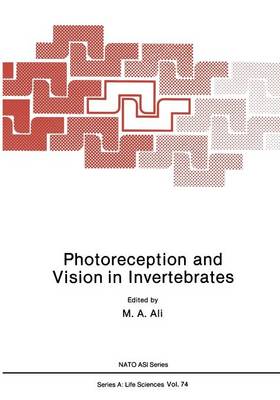NATO Science Series A
2 primary works
Book 35
A very good piece of work, I assure you, and a merry. -Now, good Peter Quince, call forth your actors by the scroll. -Masters, spread yourselves. A Midsummer Night's Dream. Act 1, Sc. 2 This volume is the outcome of a NATO Advanced Study Institute held in August 1979 at Bishop's University, Lennoxville, Quebec, Canada. About 130 participants from all the countries of the aJiiance as well as India and Japan attended this event which lasted two weeks. Seventeen of these participants had been invited to present reviews of chosen topics, usually in their specialty. This book is constituted mainly of these presentations, which were prepared as chapters. In addition, six of the participants, whose seminars were found to complement the main chapters, were coopted by the invited lectures/authors to provide additional chapters. Although a lecture was given on electric fields, a chapter on this matter is unfortunately absent due to the lack of preparation time. One may say that Environmental Physiology of Fishes as a discipline originated in Canada. Having been involved as a teacher and worker in this field since 19 54, it was but natural that I was tempted to organise an ASI and get a volume out on the matter. I was encouraged by discussions with colleagues and the acceptance on the part of a large number of eminent colleagues to attend the ASI, deliver lectures and write chapters.
Book 74
I see a man's life is a tedious one. Cymbeline, Act III, Sc. 6. It is well known that the best way to learn a subject is to teach it! Along the same lines one might also say that a pleasant way of learning a subject and at the same time getting to know quite a few of the workers active in it, is to arrange and to attend an Advanced Study Institute (ASI) or a workshop lasting about two weeks. This was and is the wisdom behind the NA TO-ASI programme and much as people fear that a fortnight may be too long, before it is over everyone feels that it was too short, especially if the weather had cooperated. Organising this ASI which resulted in this volume has been a very good learning experience. I started my career in research with invertebrates and retained an interest in them over the years due to my teaching a course and working sporadically on various aspects of photoreception in Polychaetes, Crustaceans and Insects. Thus, the thought of organising an ASI on photoreception and vision in invertebrates had been brewing in my mind for the past half a dozen years or so. It was felt that it will be desirable to do a bit of stock taking and discuss possible new approaches to the study of this matter.

